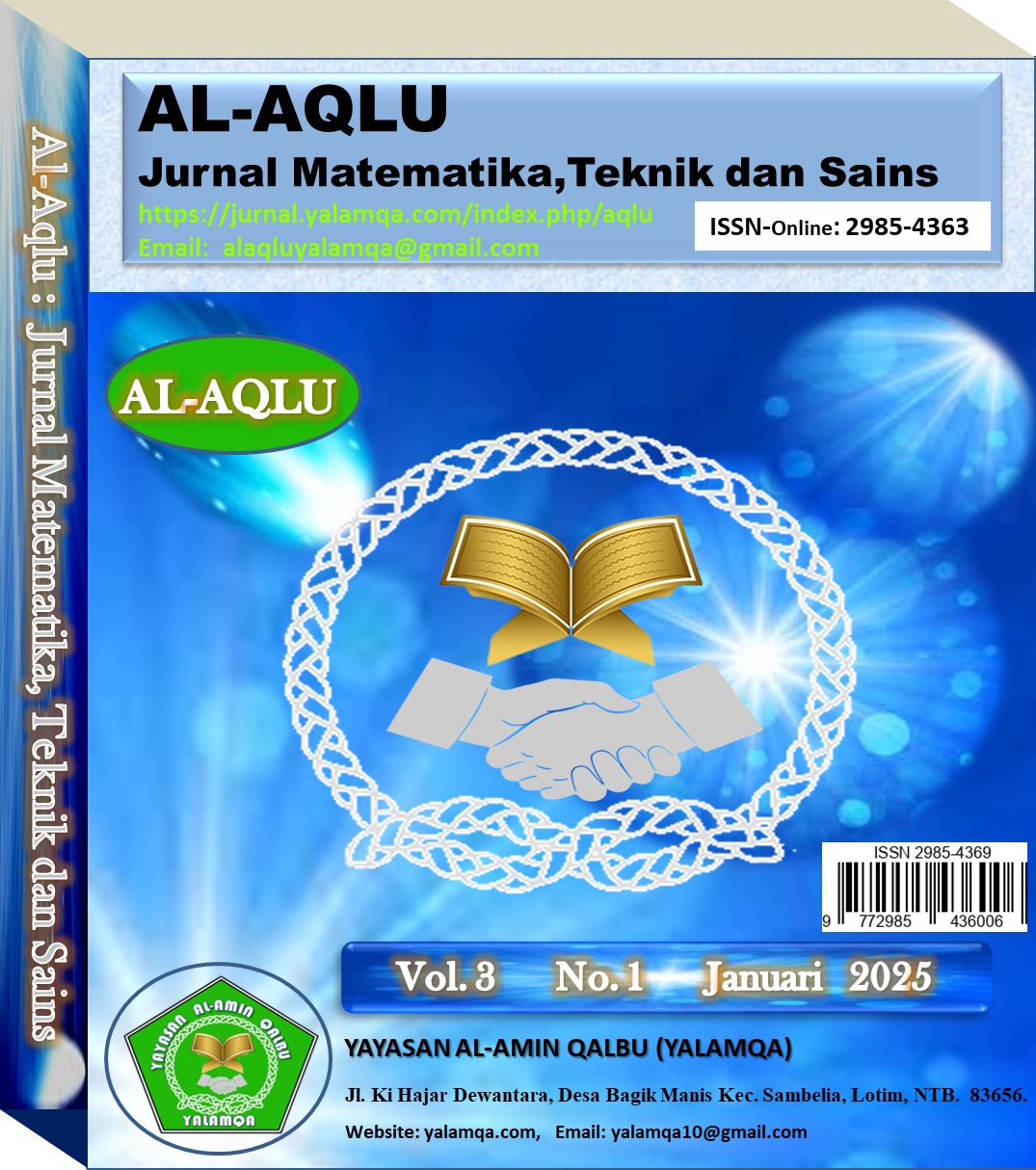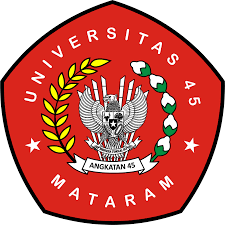PREDIKSI INDEKS PERFORMA SISWA BERDASARKAN WAKTU BELAJAR, NILAI SEBELUMNYA, KEGIATAN EKSTRAKURIKULER, WAKTU TIDUR, DAN BANYAKNYA SOAL YANG DIKERJAKAN DENGAN REGRESI LINEAR KUADRAT-TERKECIL
Prediction of Student Performance Index Based on Hours Studied, Previous Scores, Extracurricular Activities, Sleep Hours, and Sample Question Papers Practiced with Least-Squares Linear Regression
DOI:
https://doi.org/10.59896/aqlu.v3i1.121Keywords:
Least-square regression, machine learning, multiple linear regression, students’ performance indexAbstract
The students’ performance index is a measure used to represent the overall performance of students. One model that can be used to predict the students’ performance index is a machine learning-based regression model. Therefore, this study aims to apply a machine learning-based least-squares linear regression model to predict the performance index using these factors and interpret the model. The regression model utilized is available in the Julia programming package called MLJ. This model is evaluated based on several criteria, including R-squared, RMSE, and MAE. The results show that the previous scores have the most significant influence on the students’ performance index. Furthermore, the R-squared value for the test data is 0.988, the RMSE for the training data is 0.106, the RMSE for the test data is 0.108, the MAE for the training data is 0.84, and the MAE for the test data is 0.86. Based on the evaluation results, the model has good predictive performance with low average error, does not experience overfitting, and has good generalization ability.
References
Altabrawee, H., Ali, O. A. J., & Ajmi S. Q. (2019). Predicting students’ performance using machine learning techniques. JOURNAL OF UNIVERSITY OF BABYLON for pure and applied sciences, 27(1), 194-205.
Angra, S., & Ahuja, S. (2017). Machine learning and its applications: A review. 2017 International Conference on Big Data Analytics and Computational Intelligence (ICBDAC), 57-60.
Asthana, P., Mishra, S., Gupta, N., Derawi, M., & Kumar, A. (2023). Prediction of student’s performance with learning coefficients using regression based machine learning models. IEEE Access, 11, 72732-72742.
Gu, M., Liu, Y., Sun, H., Sun, H., Fang, Y., Chen, L., & Zhang, L. (2024). Using machine learning to predict the risk of short-term and long-term death in acute kidney injury patients after commencing CRRT. BMC Nephrology. 25(1).
Haldorai, A., Ramu, A., & Suriya, M. (2020). Organization Internet of Things (IoTs): Supervised, Unsupervised, and Reinforcement Learning. Di dalam: Haldorai A, Ramu A, Khan S, editor. Business Intelligence for Enterprise Internet of Things. Springer Cham.
Htun, H. H., Biehl, M., & Petkov, N. (2024). Forecasting relative returns for S&P 500 stocks using machine learning. Financial Innovation. 10(1).
Huang, Z. C., Sangiorgi, I., & Urquhart, A. (2024). Forecasting Bitcoin volatility using machine learning techniques. Journal of International Financial Markets, Institutions and Money. 97.
Hussain, S., & Khan, M. Q. (2023). Student-performulator: predicting students’ academic performance at secondary and intermediate level using machine learning. Ann. Data. Sci. 10, 637-655.
Jalal, D., & Ezzedine, T. (2019). Performance analysis of machine learning algorithms for water quality monitoring system. 2019 International Conference on Internet of Things, Embedded Systems and Communications, IINTEC 2019 - Proceedings, 86–89.
Mamo, D. N., Gebremariam, Y. H., Adem, J. B., Kebede, S. D., & Walle, A. D. (2024). Machine learning to predict unintended pregnancy among reproductive-age women in Ethiopia: evidence from EDHS 2016. BMC Women's Health. 24(1).
Morales, E. F., & Escalante, H. J. (2022). Chapter 6 - A brief introduction to supervised, unsupervised, and reinforcement learning. Di dalam: Torres-García AA, Reyes-García CA, Villaseñor-Pineda L, Mendoza-Montoya O, editor. Biosignal Processing and Classification Using Computational Learning and Intelligence. London: Academic Press. hlm 111-129.
Nixon, P., & Gilbert, E. (2024). Using machine learning to predict investors’ switching behaviour. Journal of Behavioral and Experimental Finance. 44.
Pallathadka, H., Wenda, A., Ramirez-Asís, E., Asís-López, M., Flores-Albornoz, J., & Phasinam, K. (2023). Classification and prediction of student performance data using various machine learning algorithms. Materials Today: Proceedings. 80(3), 3782-3785.
Sutton, R. S. (1992). Introduction: The challenge of reinforcement learning. Machine Learning. 8(3-4), 22-227.
Valkenborg, D., Rousseau, A. J., Geubbelmans, M., & Burzykowski, T. (2023). Unsupervised learning. Am J Orthod Dentofacial Orthop. 163(6), 877-882.
Yağcı, M. (2022). Educational data mining: prediction of students’ academic performance using machine learning algorithms. Smart Learning Environments. 9(11).
Zhang, Y., Ma, H., Wang, H., Xia, Q., Wu, S., Meng, J., Zhu, P., Guo, Z., & Hou, J. (2024). Forecasting the trend of tuberculosis incidence in Anhui Province based on machine learning optimization algorithm, 2013–2023. BMC Pulmonary Medicine. 24(1).
Downloads
Published
How to Cite
Issue
Section
License
Copyright (c) 2025 Sapto Mukti Handoyo, Mohamad Khoirun Najib

This work is licensed under a Creative Commons Attribution-ShareAlike 4.0 International License.















